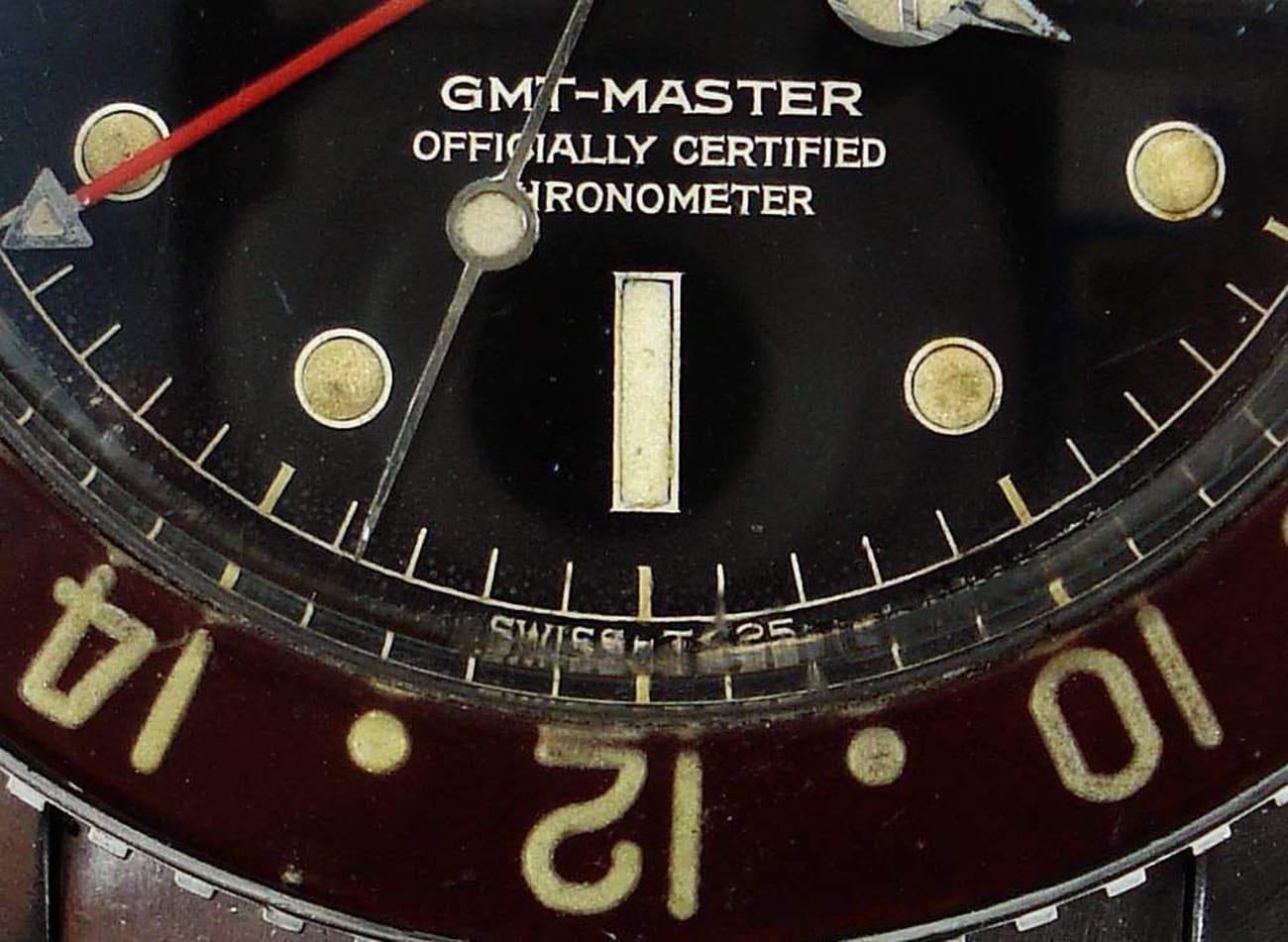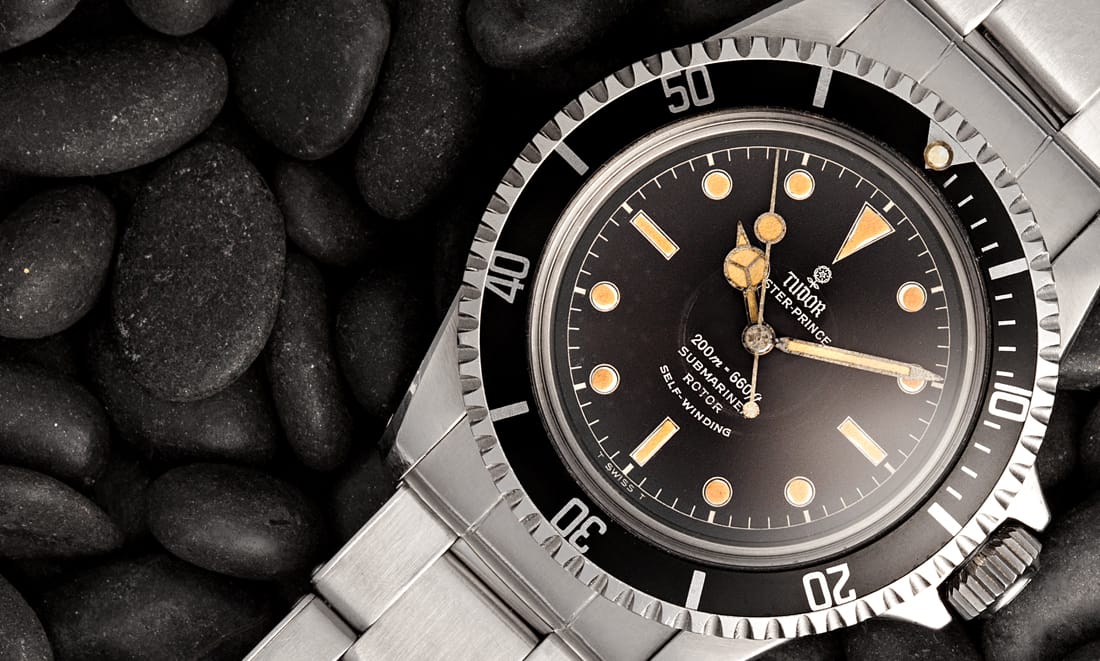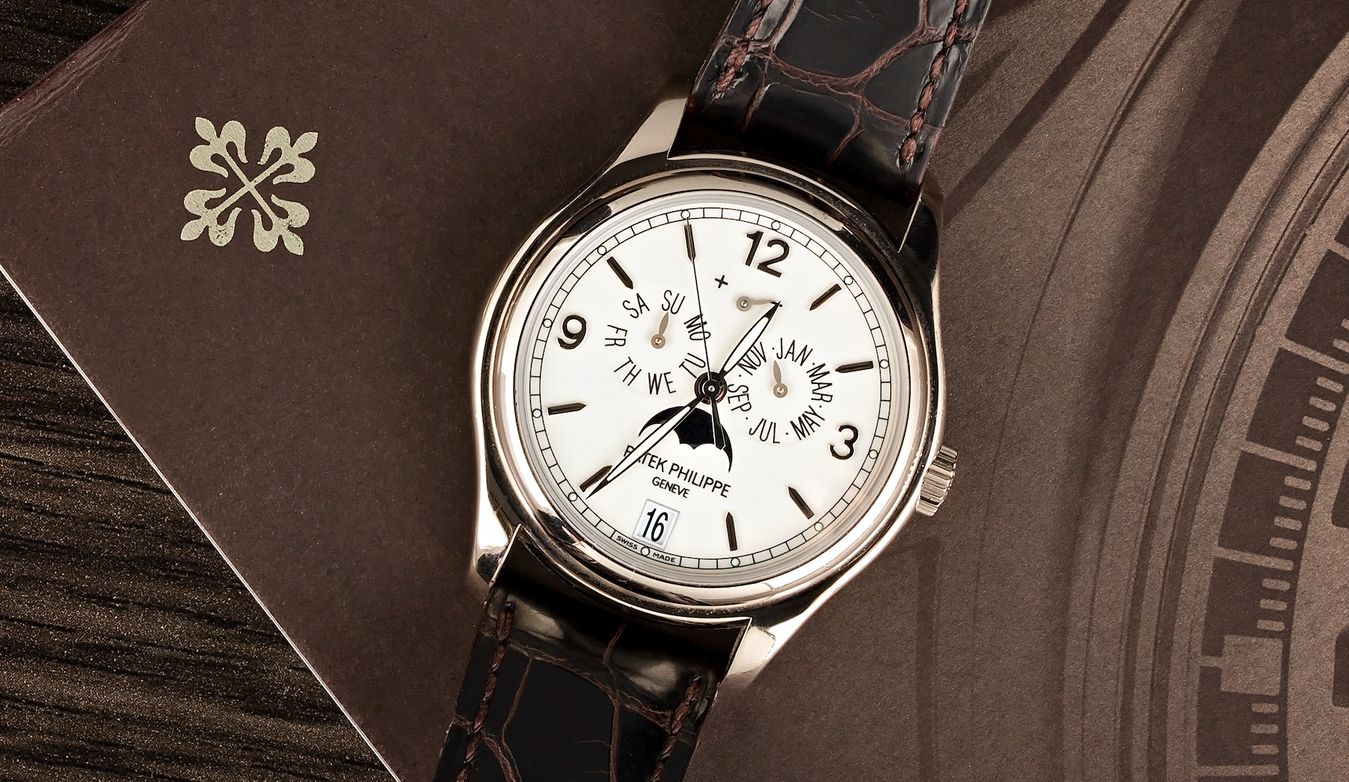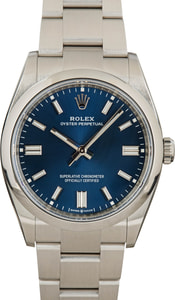When a luxury watch brand has a hit on its hands, it is not uncommon for the company to create a spin-off of the popular model. It’s a way to create a fresh, often brasher, version of the watch for a new audience without alienating the fans of the original. Think the Rolex Deepsea to the Sea-Dweller, the Patek Philippe Aquanaut to the Nautilus, the Omega Planet Ocean to the Seamaster Diver 300M.
The newer edition retains many of the fundamentals of the first but it is distinct enough – whether in size, functionality, or materials – to warrant its own name and collection. Another example of this is the original Audemars Piguet Royal Oak and its younger but beefier brother, the Royal Oak Offshore.
While the 1990’s Royal Oak Offshore was, of course, inspired by the inventive 1970’s Royal Oak, there are notable variances between these two ultra-popular Audemars Piguet watches. Additionally, there are also Jumbo, Diver, and Concept variants of the Royal Oak to consider.
Keep reading as we take a closer look at the Audemars Piguet Royal Oak vs. Royal Oak Offshore and lay out the watches’ origins stories, similarities, and differences.
Click here for our Ultimate Buying Guide on the Audemars Piguet Royal Oak.

First Came The Royal Oak
The history of the Royal Oak watch is well documented. However, in case you need a refresher, the Royal Oak was designed by prolific watch designer, Gerald Genta and launched by Audemars Piguet in 1972. It was unlike any watch on the market at the time. It had a large (for the era) 39mm case, an octagonal bezel secured to the middle case via exposed screws, a hobnail textured dial, and an integrated bracelet. Almost as audacious as its design was its hefty price tag, especially for a full stainless steel sports watch.
Unbeknownst to the designer and the brand at that time, the debut of the Royal Oak essentially laid the foundation for the entire luxury sports watch genre. Many other watchmakers would soon follow with expensive steel watches boasting non-traditional designs. Although there was plenty of resistance to the watch at first, the Royal Oak eventually became Audemars Piguet’s flagship timepiece. As a result, Audemars Piguet has produced countless versions of the Royal Oak over the years in varying materials, sizes, colors, and complications.

Then, The Royal Oak Offshore Followed
In 1993, Audemars Piguet shook up the conservative Swiss watch world yet again with the introduction of the Royal Oak Offshore. Using the Royal Oak watch as the foundation, designer Emmanuel Gueit added his spin to Genta’s original design to create the Royal Oak Offshore Chronograph.
The maiden Royal Oak Offshore inflated the case size to a massive (again, for the period) 42mm, placed a visible black gasket underneath the octagonal bezel, made the links on the integrated bracelet slightly curvier, and added black silicon caps on the chronograph pushers and winding crown. And just like the 1970’s Royal Oak, the 1990’s Royal Oak Offshore had its fair share of critics (side note: maybe this is a good sign for the highly controversial release of the relatively new Audemars Piguet Code 11.59 collection). In fact, not only did the Royal Oak Offshore pick up the unflattering nickname, the “Beast” but it’s been reported that even Genta accused Gueit of ruining his masterpiece. Tough crowd.
However, just like its predecessor, the Royal Oak Offshore successfully carved out its space in the luxury watch landscape, and today it is an incredibly popular Audemars Piguet watch collection, independent of the original Royal Oak. AP has since expanded the Offshore line to include even bigger sizes (43mm and 44mm) to sit alongside the original 42mm dimensions, as well as a ladies’ 37mm option.
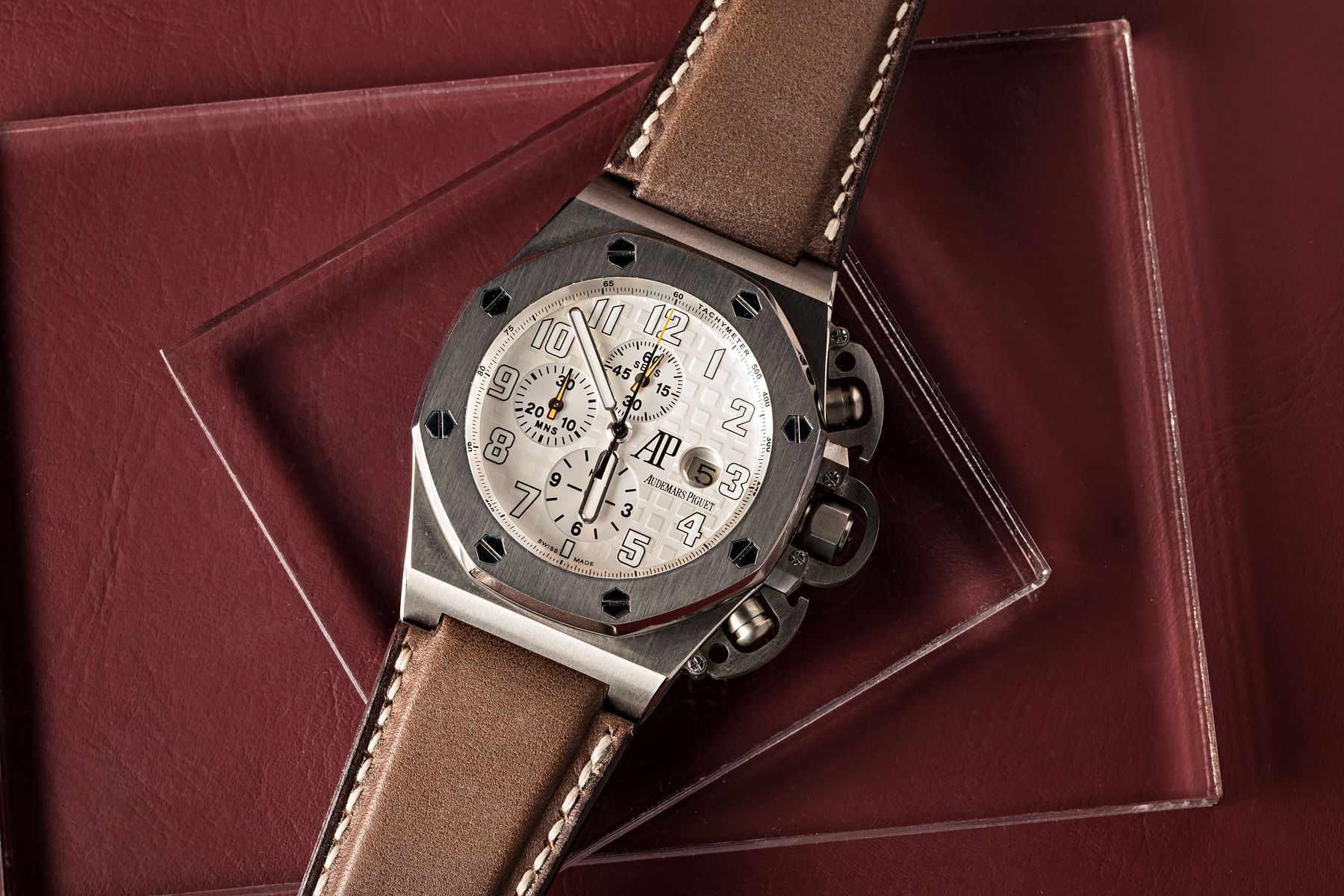
Differences & Similarities: Royal Oak Vs. Royal Oak Offshore
At first glance, it is easy to spot the design traits shared between Royal Oak (RO) and the Royal Oak Offshore (ROO); they do, after all, have similar shapes. However, if you look at them side by side, it is clear that the ROO is bulkier in size and personality.
Men’s Royal Oak watches are typically 41mm and smaller (there are exceptions with the ultra-complicated editions), while the men’s Royal Oak Offshore watches are characteristically 42mm and larger. Plus, the vast majority of Royal Oak Offshore models are chronographs, making them even larger on the wrist. Although both watches are undeniably sporty, the Royal Oak Offshore has a bolder design approach, while the Royal Oak takes the subtler route. For instance, RO watches have thinner profiles than ROO watches. Plus, whereas the Royal Oak has a smaller hobnail pattern on the dial (“Petite or Grande Tapisserie”), the Royal Oak Offshore generally displays the bigger pattern (“Méga Tapisserie”).
The Royal Oak Offshore collection is home to plenty of colors, modern materials like rubber and ceramic, and primarily consists of chronographs and diver’s watches. On the other hand, the Royal Oak models lean more towards traditional metals, leather, and classic colors — plus, the standard Royal Oak features a simple time and date dial. However, it’s important to mention that there are plenty of complicated versions too, such as Royal Oak Chronograph, Royal Oak Perpetual Calendar, and Royal Oak Tourbillon.
In short, the Royal Oak Offshore is the flashier version of the lower-key Royal Oak. Another shared theme between the pair is that both Audemars Piguet models overcame their rough starts to become cult classics.

What is the Royal Oak Concept?
There is another important Royal Oak collection currently produced by Audemars Piguet: the Royal Oak Concept. AP describes their Royal Oak Concept collection as “where ultra-modern technical precision meets cutting-edge micro-mechanics to create perfect harmony between case and movement” – and this description certainly holds.
While the Royal Oak Offshore collection is a bolder take on the classic Royal Oak, it is within the Royal Oak Concept collection where you will find “halo pieces” featuring state-of-the-art materials, skeletonized movements, flying tourbillons, and minute repeater complications.
Audemars Piguet released the Royal Oak Concept Black Panther Flying Tourbillon a few years back, limited to only 250 pieces. Inspired by the comics and hit Marvel movie, Black Panther, the striking titanium and black ceramic features a hand-painted 3D rendition of the superhero on the dial. We’ve spotted this very special Audemars Piguet watch on the wrists of celebrities like LeBron James, The Weeknd, and Neymar.

The Royal Oak Jumbo
When Audemars Piguet first released the Royal Oak, it became known as the “Jumbo” in some circles due to its larger-than-average size. While 39mm is far from large by today’s watch standards, the name has stuck to describe a particular set of Royal Oak models.
The Royal Oak “Jumbo” is the name given to the original reference 5402ST or to subsequent models that were developed to honor that original reference. Royal Oak Jumbo models have ultra-thin 39mm cases, lack a seconds hand, and most of them are powered by the Caliber 2121 automatic movement (based on Jaeger-LeCoultre’s Caliber 920.) These are officially called the Royal Oak “Jumbo” Extra-Thin watches by the brand.
Royal Oak “Jumbo” Extra-Thin References:
- Reference 5402ST: Launched in 1972 but made in several series (A-, B-, C-, and D- series)
- Reference 14802 Jubilee: A limited-edition (1,000 examples) Royal Oak produced in 1992 to commemorate the 20th anniversary of the model
- Reference 15002ST: Released in the mid-1990s and by some reports only 186 examples were ever made
- Reference 15202ST: Originally released in 2000 but redesigned in 2012 (to celebrate the 40th anniversary) to look even more like the original Jumbo reference.
- Reference 16202ST: Released in 2022, this is the newest iteration of the original Royal Oak Jumbo with a brand new Caliber 7121 movement with a longer power reserve.
In 2005, Audemars Piguet released a new version of the Royal Oak, which we now recognize as the standard or mainstream RO watches. While still expensive and exclusive, Audemars Piguet dropped the price and upped the production numbers of the non-Jumbo Royal Oak models – a strategy that proved to be very successful and lucrative for the brand.
The standard “mainstream” Royal Oak watches (officially called Royal Oak Selfwinding watches by the brand) are different from the Royal Oak Jumbo watches in several ways. First of all, they have thicker cases than the Jumbo variants (due to the in-house Caliber 3120 inside the watch) and are available in a variety of sizes. The dial layouts are slightly different too, with a seconds hand present on the RO Selfwinding and not on the RO Jumbo Extra-Thin, as well as variances in logo placements.
Standard Royal Oak Selfwinding References:
- Royal Oak 39mm 15300: 2005 – 2012
- Royal Oak 41mm 15400: 2012 – 2019
- Royal Oak 37mm 15450: 2012 – 2022
- Royal Oak 41mm 15500: 2019 – present
- Royal Oak 37mm 15550: 2022 – present

Royal Oak Chronograph vs. Royal Oak Offshore
As previously mentioned, most Royal Oak Offshore watches are chronograph models. However, AP also makes Royal Oak Chronograph watches. Given their similar silhouettes and identical complications, what exactly are the differences between the Royal Oak Chronograph and the Royal Oak Offshore?
Again, one of the major differences between the pair is the proportion of the watches – the RO Offshore is beefier, heavier, and bolder in style. Additionally, the Royal Oak Offshore will have design details such as rubber and/or ceramic-capped chronograph pushers and a visible gasket under the octagonal bezel. The Offshore’s dial is also different as it includes a tachymeter scale and most of them (but not all) have sub-registers positioned at 6, 9, and 12 o’clock instead of the more traditional 3, 6, 9, layout.
It’s important to note that the Royal Oak Offshore came first in 1993, followed by the Royal Oak Chronograph in 1997. Just like the “Jumbo” that came before it, the first two generations of the Royal Oak Chronograph watches sported 39mm cases. However, in 2012, AP redesigned the Royal Oak Chronograph with a larger 41mm case and six years later, unveiled a new 38mm option for those who prefer smaller chronographs.
- 1997: Royal Oak Chronograph 39mm ref. 25860
- 2008: Royal Oak Chronograph 39mm ref. 26300
- 2012: Royal Oak Chronograph 41mm ref. 26320
- 2017: Royal Oak Chronograph 41mm ref. 26331
- 2019: Royal Oak Chronograph 38mm ref. 26315

Royal Oak Offshore Diver
Unlike the classic Royal Oak collection, the Royal Oak Offshore line is home to a few diving watch models – both in chronograph and non-chronograph versions.
In 2010, Audemars Piguet launched the Royal Oak Offshore Diver, which was an evolution of the ROO Scuba from 2005. One of the signature design traits of the Offshore Diver is a crown at 10 o’clock, which serves to control the inner rotating bezel on the dial. Plus, the Royal Oak Offshore Diver does away with the chronograph complication and is water-resistant to 1,000 feet (300 meters.)
AP then rounded out the collection in 2016 with the debut of the Royal Oak Offshore Diver Chronograph models, which retain the same 42mm case size but with the addition of two chronograph pushers flanking the winding crown.

Royal Oak or Offshore?
From traditional and (comparatively) conservative to bold, high-tech, and in-your-face, the various Audemars Piguet Royal Oak collections offer a wealth of diversity on the iconic Royal Oak aesthetic.
Provided that you are even partially open to the Royal Oak’s fundamental design language, you will almost certainly find a model that has a place on your wrist.
If your tastes veer more towards oversized watches and punchy designs – or you’re looking for a diving watch – then the Royal Oak Offshore range would likely be more your speed. Alternatively, if you’re more into the classic 1970’s sport watch de luxe vibe, then the classic Royal Oak line is your best bet. Regardless of which route you go, both the Royal Oak and the Royal Oak Offshore are legendary Audemars Piguet watches that transformed the luxury watch industry, as we know it.



